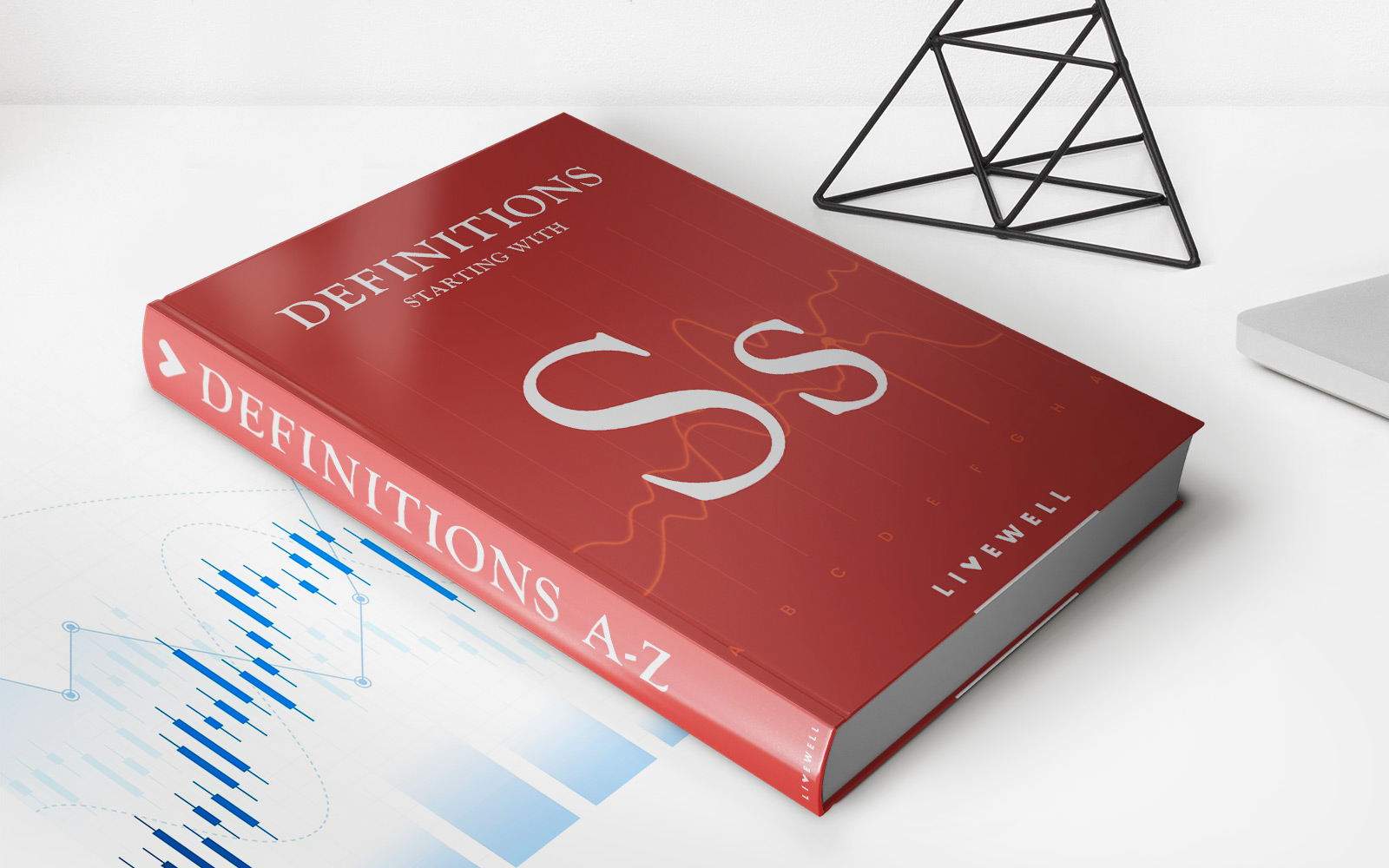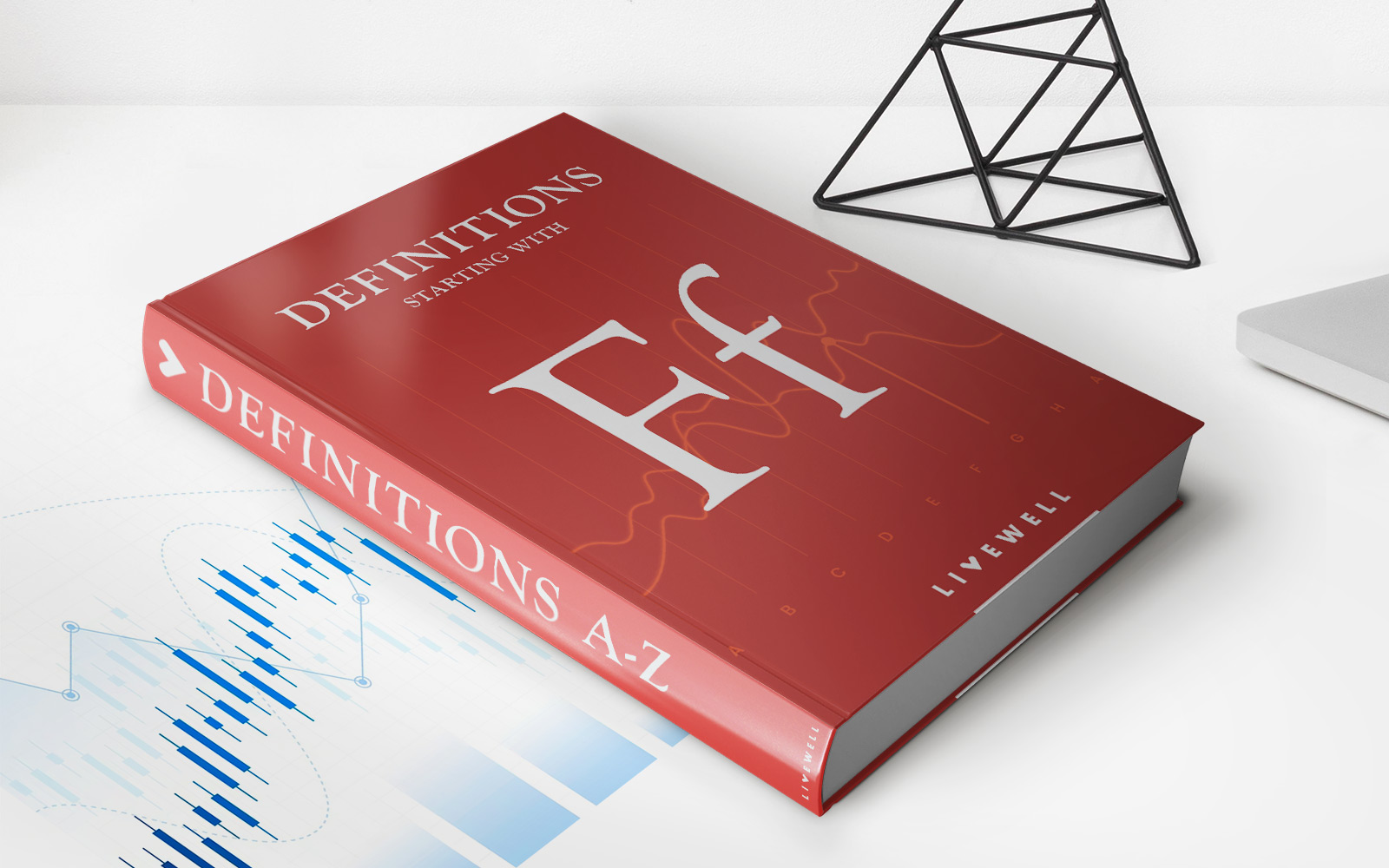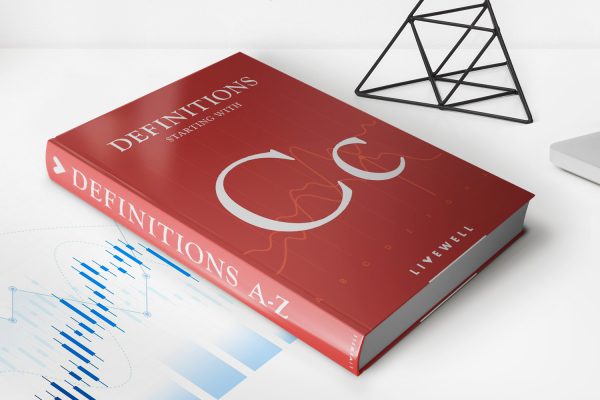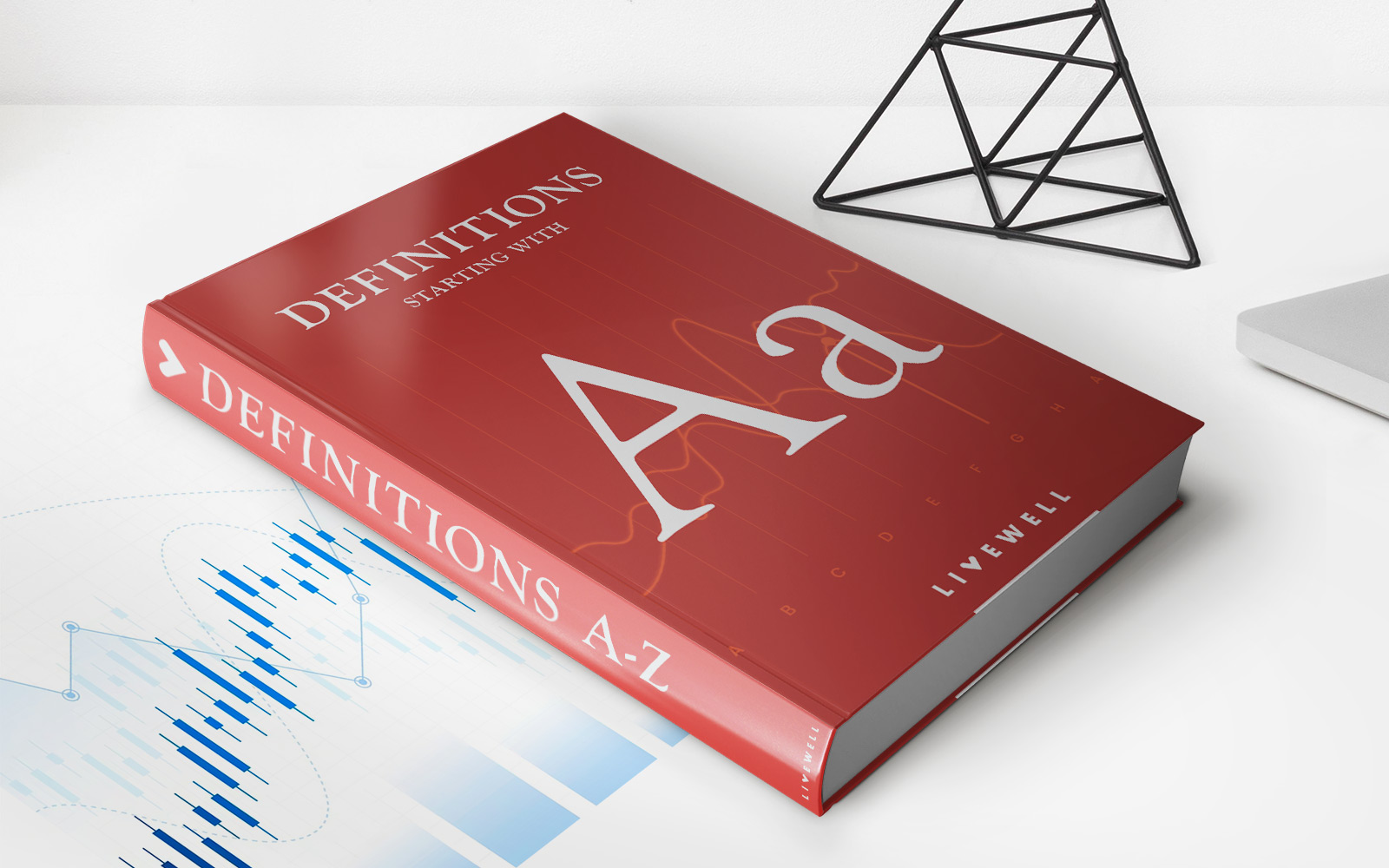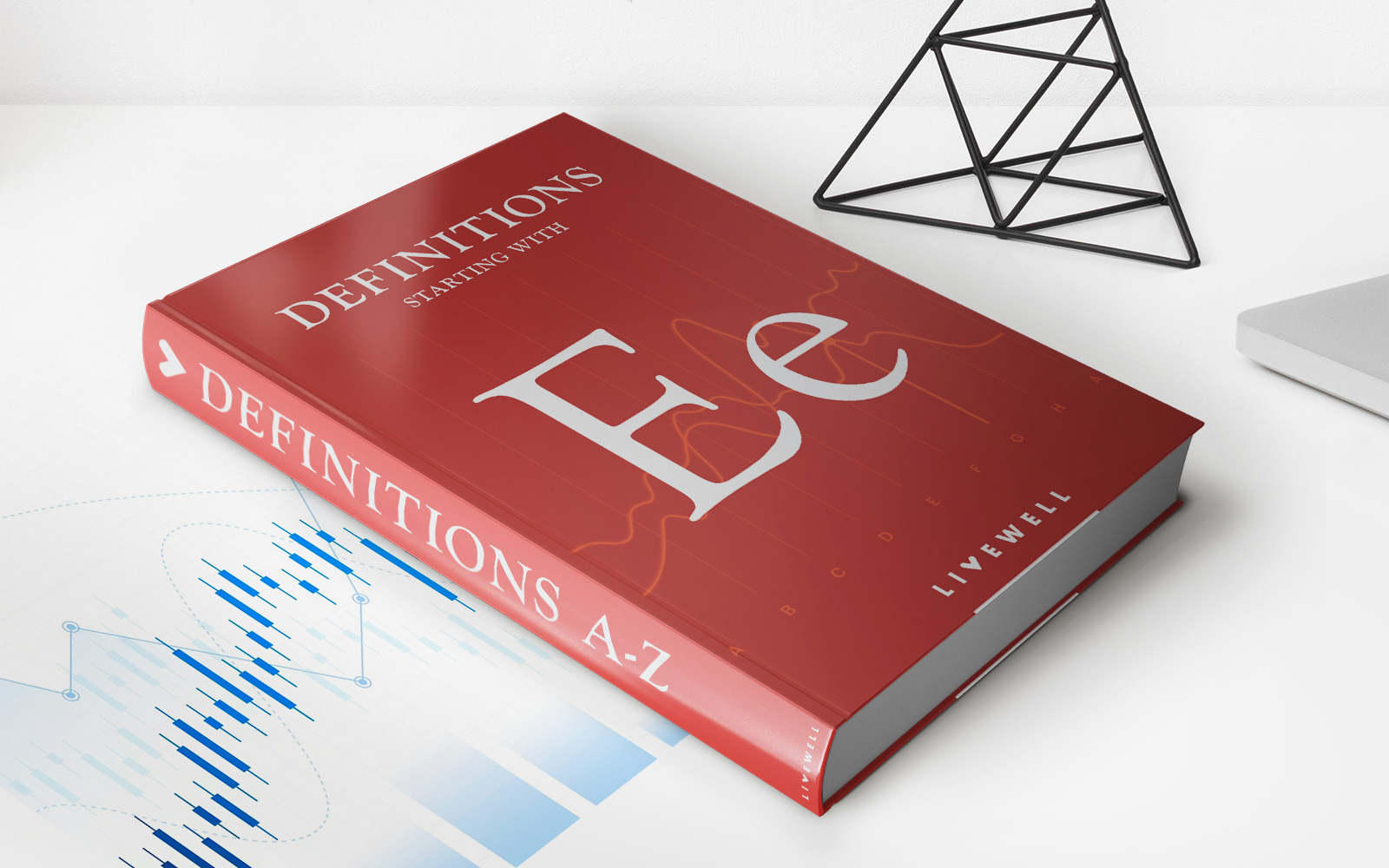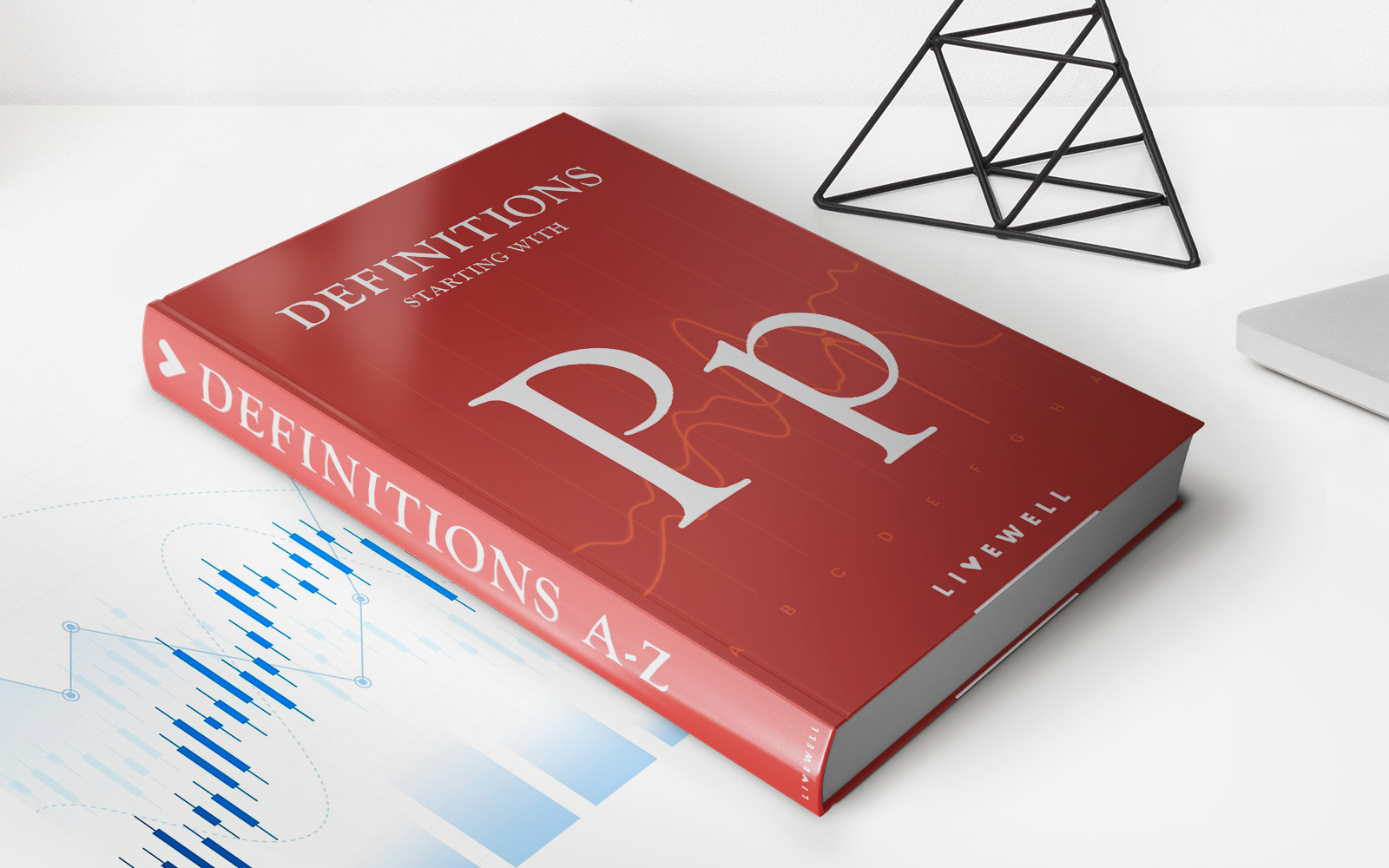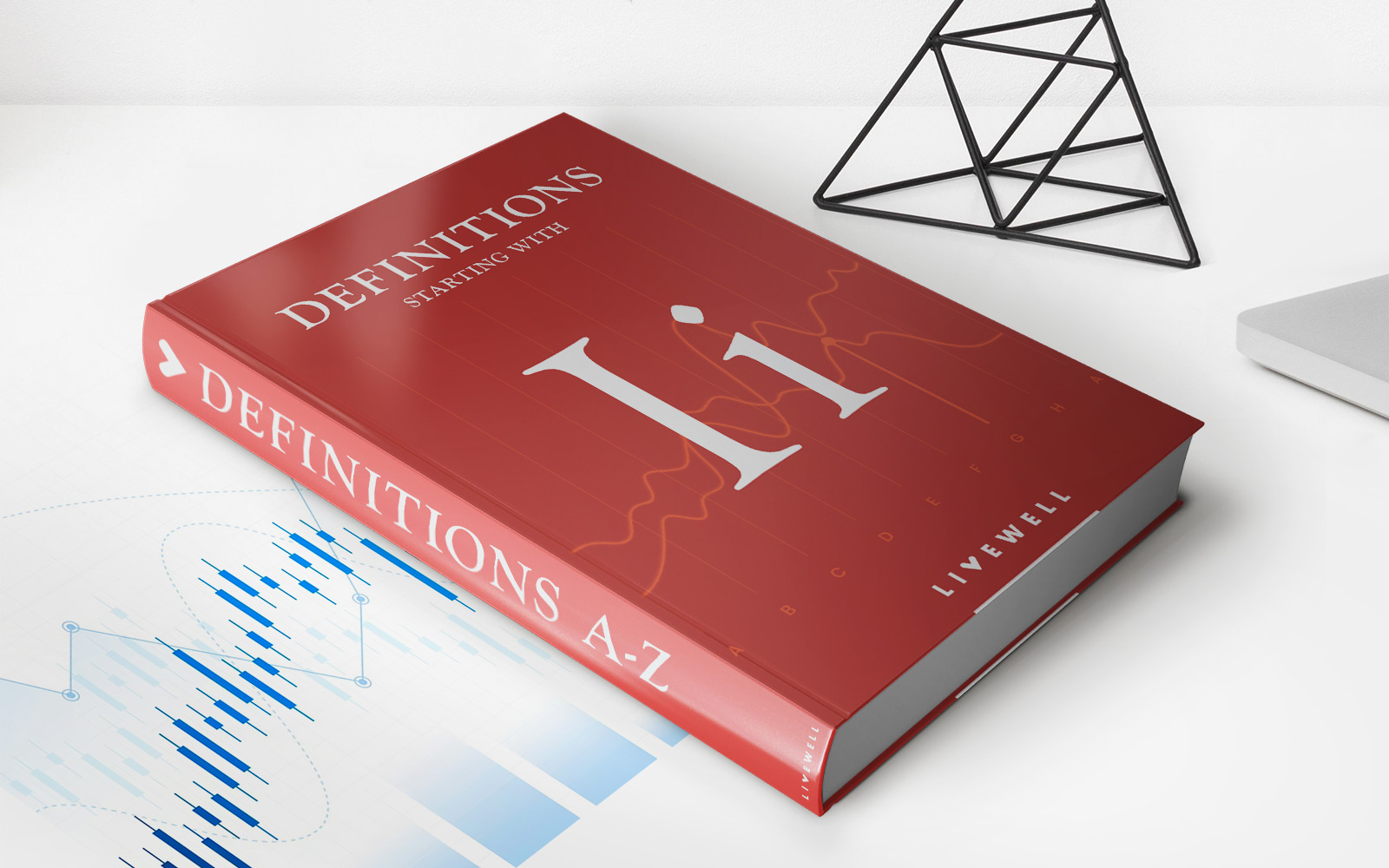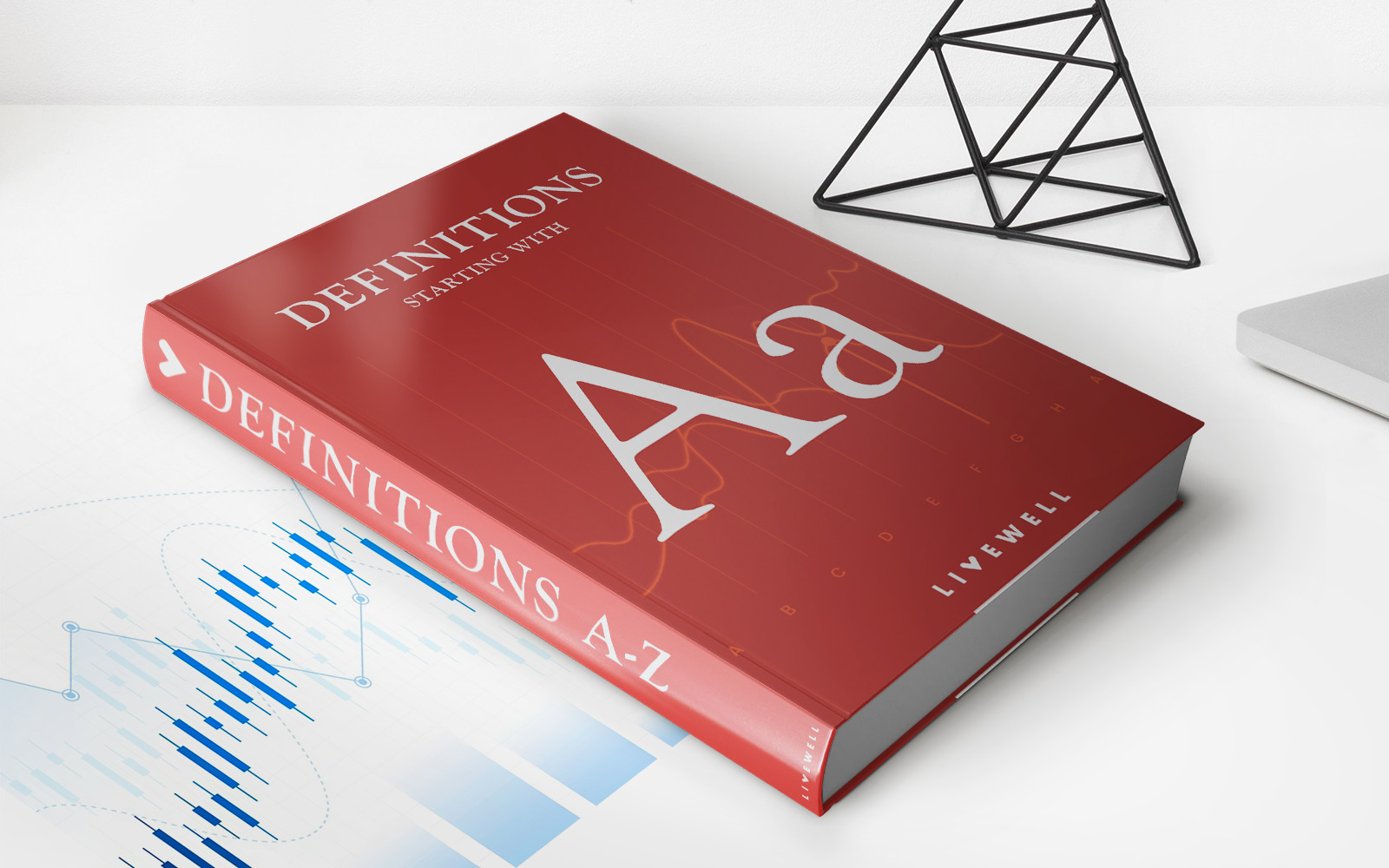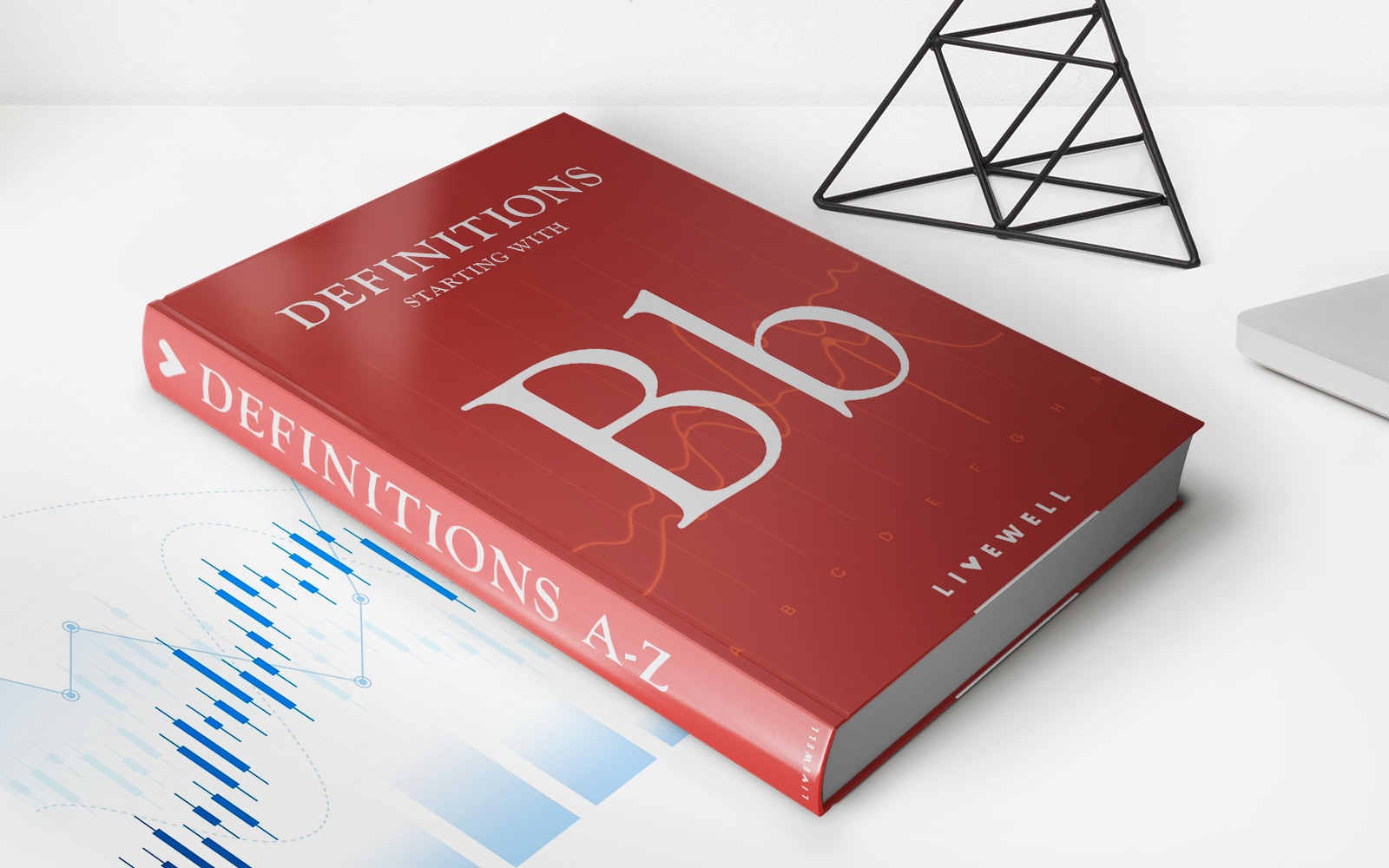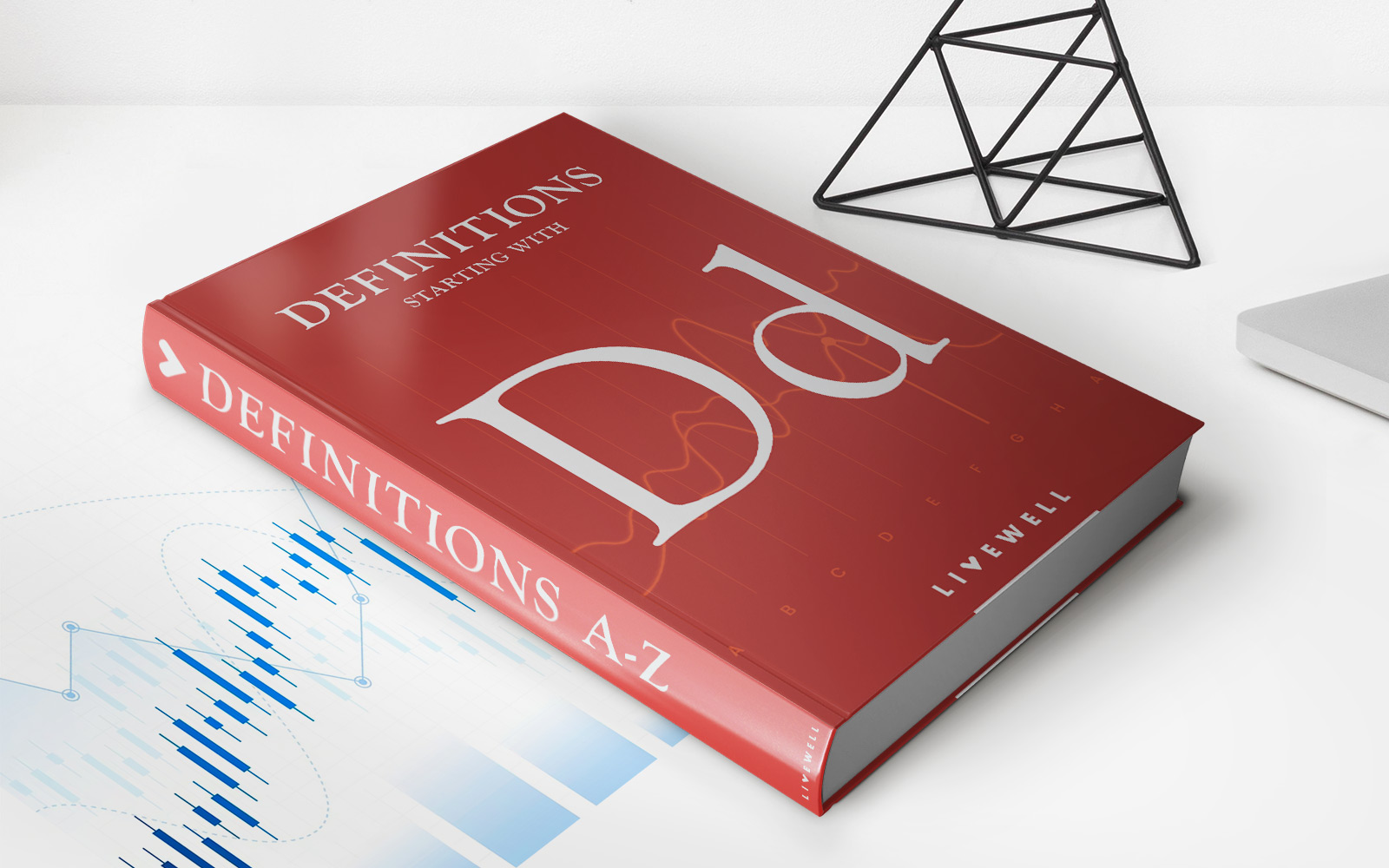Home>Finance>Wrap-Up Insurance: Definition, 2 Main Types, And Coverage Example
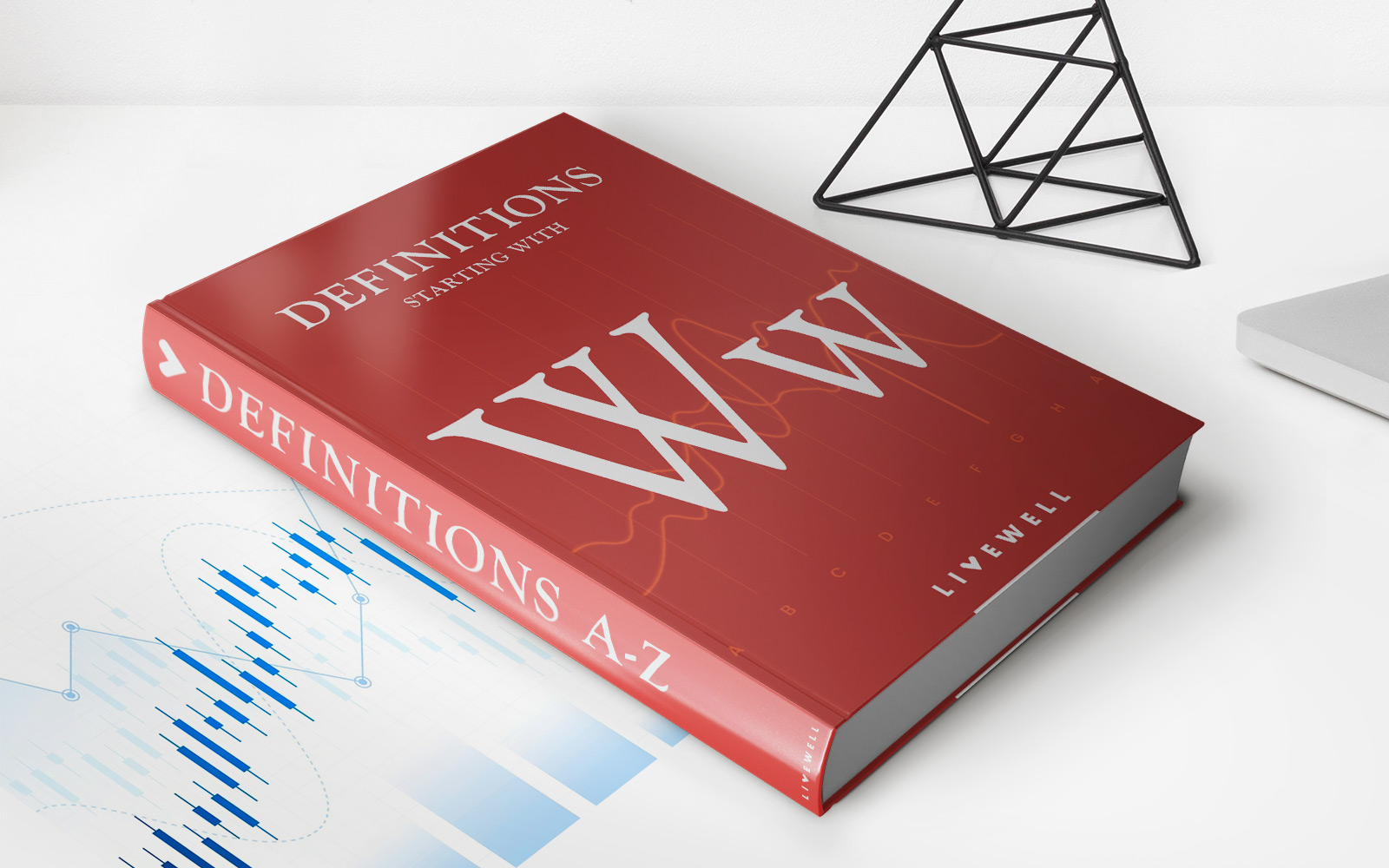

Finance
Wrap-Up Insurance: Definition, 2 Main Types, And Coverage Example
Published: February 19, 2024
Learn the definition of wrap-up insurance, its two main types, and a coverage example. Get expert insights on wrap-up insurance in the finance industry.
(Many of the links in this article redirect to a specific reviewed product. Your purchase of these products through affiliate links helps to generate commission for LiveWell, at no extra cost. Learn more)
Wrap-Up Insurance: Definition, 2 Main Types, and Coverage Example
When it comes to managing risks in the construction industry, Wrap-Up Insurance has emerged as a popular and effective solution. But what exactly is Wrap-Up Insurance? In this article, we will delve into the definition of Wrap-Up Insurance, explore its two main types, and provide a real-world coverage example to help you understand its significance.
Key Takeaways:
- Wrap-Up Insurance is a comprehensive insurance policy that covers all parties involved in a construction project, including contractors, sub-contractors, and the project owner.
- There are two main types of Wrap-Up Insurance: Owner-Controlled Insurance Programs (OCIP) and Contractor-Controlled Insurance Programs (CCIP).
What is Wrap-Up Insurance?
Wrap-Up Insurance, also known as Controlled Insurance Programs (CIPs), is a specialized insurance policy that provides coverage for all parties involved in a construction project under a single policy. It helps streamline the insurance process by consolidating coverage and mitigating potential gaps in insurance for contractors and subcontractors.
Key Takeaway: Wrap-Up Insurance simplifies insurance coverage by providing a single policy for all participants involved in a construction project, reducing potential coverage gaps.
Main Types of Wrap-Up Insurance
Wrap-Up Insurance comes in two main types: Owner-Controlled Insurance Programs (OCIP) and Contractor-Controlled Insurance Programs (CCIP).
-
Owner-Controlled Insurance Programs (OCIP):
In an OCIP, the project owner assumes responsibility for purchasing a Wrap-Up Insurance policy that covers all contractors, subcontractors, and sometimes even design professionals involved in the project. The project owner acts as the policyholder, naming all enrolled parties as insureds. The coverage typically includes general liability, excess liability, and workers’ compensation.
-
Contractor-Controlled Insurance Programs (CCIP):
In a CCIP, the general contractor takes charge of purchasing the Wrap-Up Insurance policy on behalf of all contractors and subcontractors working on the project. The general contractor becomes the policyholder and includes all enrolled parties as insureds. Similar to OCIP, CCIP coverage includes general liability, excess liability, and workers’ compensation.
Key Takeaway: There are two main types of Wrap-Up Insurance: Owner-Controlled Insurance Programs (OCIP) and Contractor-Controlled Insurance Programs (CCIP).
Coverage Example
To better understand how Wrap-Up Insurance works, let’s consider a hypothetical construction project where an OCIP is implemented.
Imagine a large-scale commercial building construction project with multiple contractors and subcontractors working together. Instead of each party obtaining separate insurance policies, the project owner decides to purchase an OCIP. The OCIP provides one comprehensive insurance policy that covers all contractors and subcontractors involved in the project. This single policy includes coverage for general liability, excess liability, and workers’ compensation for the duration of the project.
In the event of an accident or claim, any party involved in the construction project can confidently rely on the Wrap-Up Insurance policy to provide them with the necessary coverage. This streamlines the claims process and ensures that any potential coverage gaps are minimized.
By utilizing Wrap-Up Insurance, the project owner can have better control over the project’s insurance program, potentially reducing costs and administrative burdens for all parties involved.
Conclusion
Wrap-Up Insurance is an invaluable risk management tool in the construction industry. It simplifies insurance coverage by providing a single policy that encompasses all contractors, subcontractors, and sometimes design professionals involved in a construction project. Whether it’s an Owner-Controlled Insurance Program or a Contractor-Controlled Insurance Program, Wrap-Up Insurance offers comprehensive coverage and minimizes potential gaps in insurance. So, if you are involved in a large-scale construction project, consider the benefits of Wrap-Up Insurance to ensure seamless insurance coverage for all parties.
